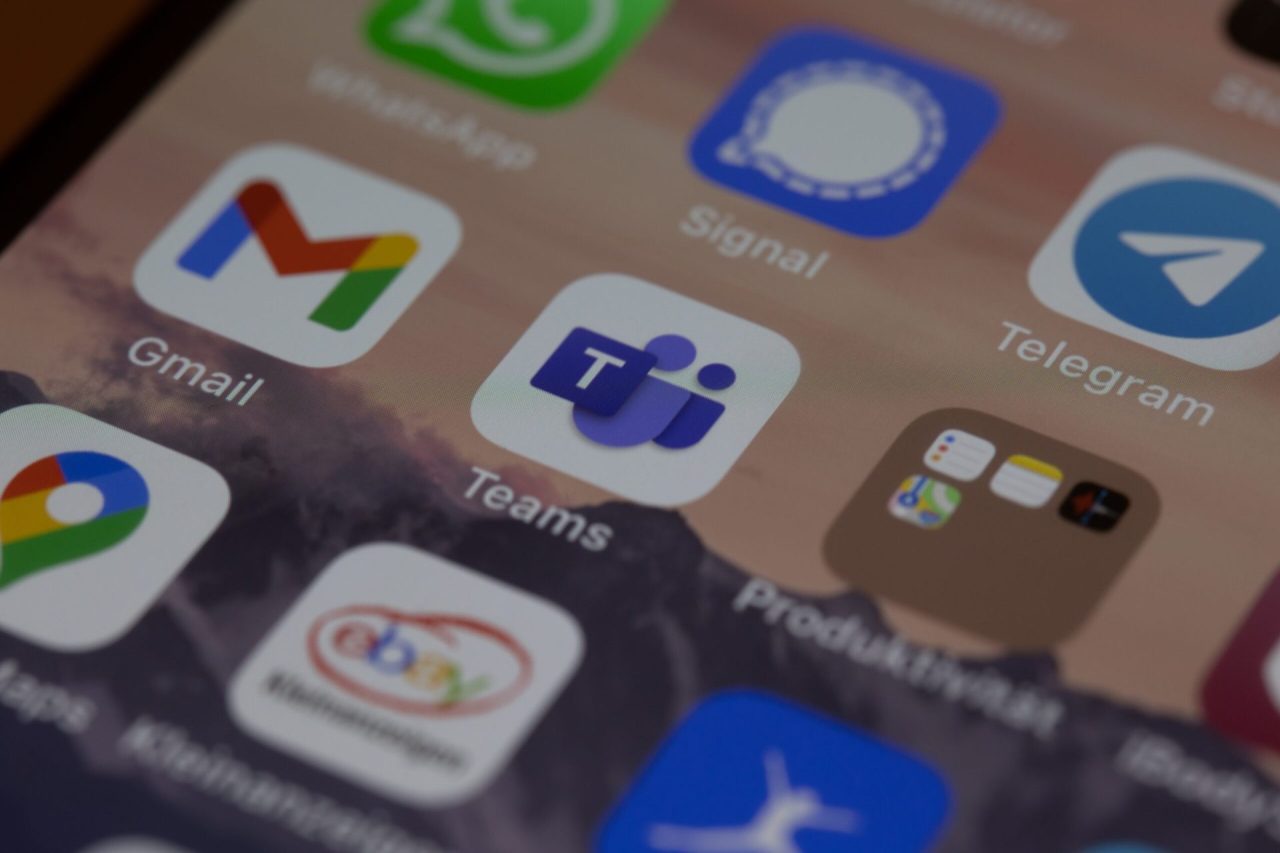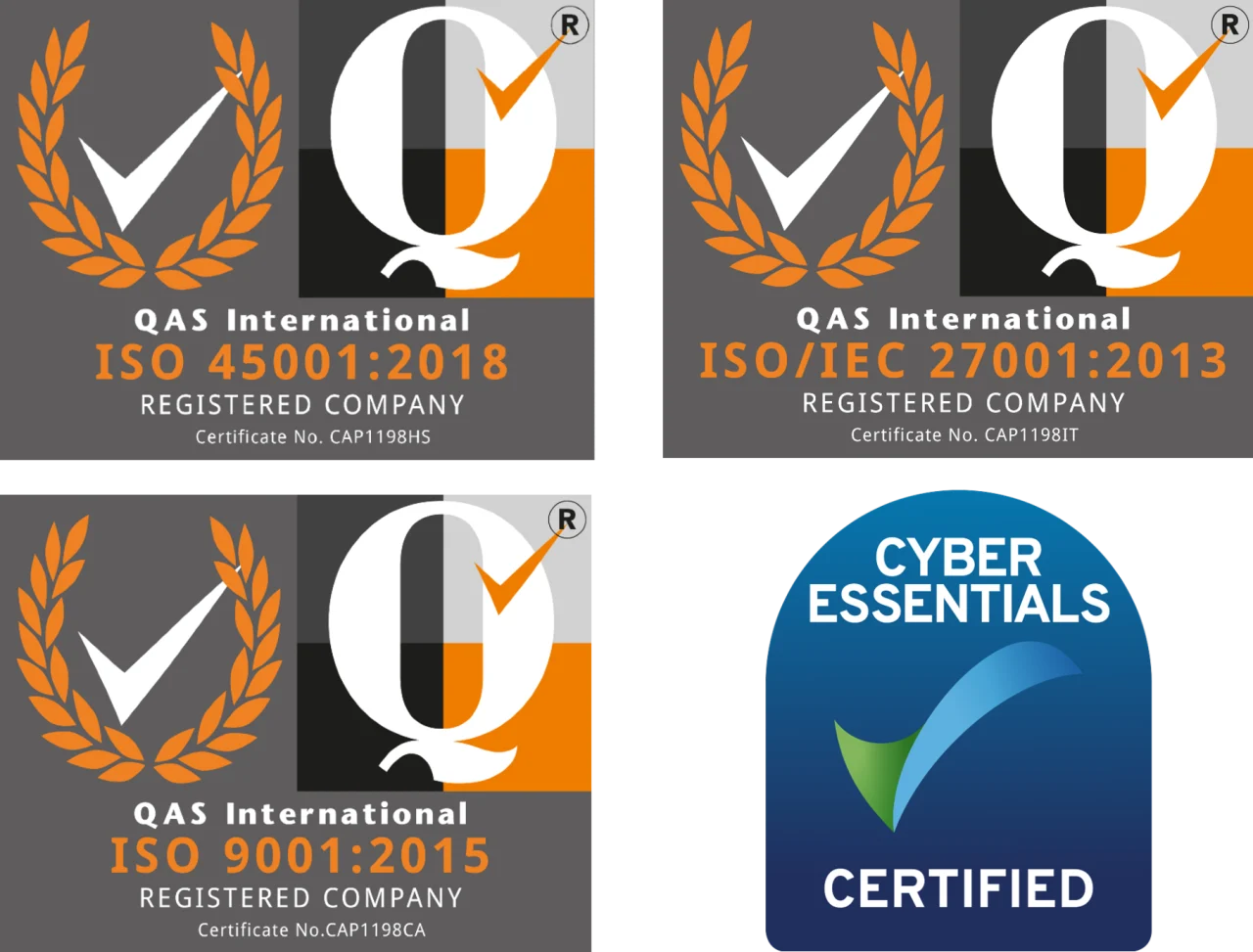-

-
-
-
0
-
-
-
Donna Aplin
AI Demystified:
Walk into almost any IT department right now, and you’ll hear the same conversation at least once a week: “Have you tried that new AI tool yet? I heard it’s a game-changer.”
The truth is that the market is buzzing with promise and noise. A recent McKinsey survey shows that 78% of companies now use AI in some form, and that number is climbing.
-
-
-
-

-
-
-
0
-
-
-
Donna Aplin
In the past, teams relied on sticky notes and endless email threads to manage tasks. But with today’s hybrid work environments and fast-moving deadlines, that approach just doesn’t cut it anymore. Effective project management is now essential to stay on track and ahead.
According to McKinsey, the average worker spends of their week managing email and nearly 20% just hunting for information or colleagues to help.
-
-
-
-

-
-
-
1
-
-
-
Donna Aplin
(Without a Huge Budget)
Running a small business means wearing a lot of hats. These hats run from managing operations, handling customer inquiries to keeping everything running smoothly. There’s a solution that can lighten the load, AI-powered automation. Thanks to technological advancements, these tools have become more accessible and cost-effective than ever, allowing small business owners to automate tasks they previously had to handle manually.
-
-
-
-

-
-
-
0
-
-
-
Donna Aplin
Technology is fast, and in no time, our gadgets get outdated. According to consumers replace their devices about every 2-3 years. Still, it can be tricky to determine when an upgrade is needed.
Upgrading your device isn’t just about having the latest gadget. An up-to-date device is safer and more efficient. This article will help you in spotting the signs that your gadget needs replacement. We will talk about seven signs that it is time to get a new one.
-
-
-
-

-
-
-
0
-
-
-
Donna Aplin
AI is going to change how we work. It can make some tasks easier. But it can also cause problems. Let’s look at some ways AI can make work tricky.
What is AI and how does it affect work?
AI stands for Artificial Intelligence. The computer systems are actually able to do the things that normal and regular human intelligence can do. It can support so many jobs. It can write, analyze data, and can even create art.
-
-
-
-

-
-
-
3
-
-
-
Donna Aplin
The pace of technological advancement is accelerating. This is not news to anyone wading through the ChatGPT craze. Artificial intelligence (AI) is at the forefront of this revolution. We are swiftly seeing companies adopting AI solutions. Even more rapidly are software providers like Microsoft adding AI to tools.
The goal is to use AI to do things like:
-
-
-
-

-
-
-
28
-
-
-
Donna Aplin
The world has gone digital. We see it everywhere people shop for goods and services. Cash, check, or debit used to be the norm. Now, there are payment wallets that people expect businesses to accept. They include things like Apple Pay, Google Pay, PayPal and more.
Small businesses need to keep pace with these new methods of payment. It’s essential to adapt to stay competitive. You can easily lose business if people can’t pay the way they like.
-
-
-
-

-
-
-
0
-
-
-
Donna Aplin
Relentless digital innovation has defined the last few years. The symbiotic relationship between AI and cybersecurity has become pivotal especially when it comes to safeguarding sensitive information and digital assets.
As cyber threats evolve in complexity, AI has emerged as a formidable ally. It empowers organisations with advanced tools and techniques. Helping them to stay one step ahead of malicious actors.
-
-
-
-

-
-
-
26
-
-
-
Donna Aplin
Staying ahead in business often means embracing cutting-edge technologies. New tools can unlock new avenues for growth especially for small businesses. SMBs are often looking for affordable ways to gain a competitive advantage.
One such transformative force is Generative Artificial Intelligence (GenAI). This is a technology that goes beyond automation and the AI we used to know. It can create content, solutions, and possibilities before unimaginable. It’s so revolutionary that it’s hard to go online without seeing it everywhere.
-
-
-
-

-
-
-
26
-
-
-
Donna Aplin
Technology is reshaping the world of work at an unprecedented pace. From artificial intelligence to web3, from the metaverse to the hybrid work model. We are witnessing a series of technological revolutions. They are transforming how we communicate, collaborate, create, and innovate.
Let’s explore some of the most impactful technology trends that are changing the way we work in 2024 and beyond.
-
-
-
-

-
-
-
26
-
-
-
Donna Aplin
Are you a small business owner or a freelancer who offers services online? If so, you might be wondering how to get paid by your customers in a fast and convenient way. You might have tried different payment platforms. But they often require you to switch between different apps or websites. This can be time-consuming and confusing.
There is now another option to streamline the payment process. Microsoft has launched the Teams Payments app. This is a new feature that allows you to request and receive payments from your customers. You do it within Microsoft Teams meetings.
-
-
-
-

-
-
-
28
-
-
-
Donna Aplin
There is no escaping the relentless march of AI. Software companies are rapidly incorporating it into many business tools. This includes tools like Microsoft 365, Salesforce, and others.
Many people are still concerned about where AI will go. But there is no denying that it makes certain work more efficient. It can generate custom images on demand. Or write a company device policy draft in seconds.
-
-
-
-

-
-
-
27
-
-
-
Jason Francis
What is an IT Roadmap? And why does my business need one? Well, the simple answer is that it’s a plan. A plan of how you intend to manage your IT Systems over the coming years. A plan of how much you intend to spend on IT Systems and security over the coming years. In ESP’s case, we use a 4-year roadmap that’s reviewed every 6 months. The roadmap becomes an agreement, between you, the customer, and your IT Provider, as to how the IT Systems are going to develop within your business over the coming 4-year period. It sets out some standard items, such as contract renewal dates, as well as replacement cycles for equipment such as PCs and Laptops. It’s essentially a documented plan, based on best-practices for businesses, when it comes to their IT Systems.
-
-














